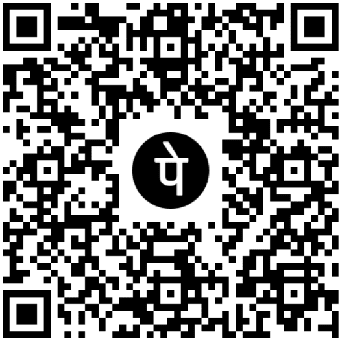Read more
Essential Networking Concepts for CCNA Beginners
Networking is the backbone of modern technology, enabling communication and data exchange between devices worldwide. If you're starting your journey toward CCNA (Cisco Certified Network Associate) certification, understanding fundamental networking concepts is crucial. This blog will break down essential networking principles to set you on the right path.
1. What is Networking?
Networking refers to the practice of connecting computers and other devices to share resources and data. Networks can be classified based on their size and purpose:
LAN (Local Area Network): Covers a small area, such as an office or home.WAN (Wide Area Network): Spans large geographical areas, like the internet.
MAN (Metropolitan Area Network): Connects multiple LANs within a city.
2. Understanding the OSI Model
The OSI (Open Systems Interconnection) Model is a framework that standardizes networking functions into seven layers:
Physical Layer: Deals with hardware like cables and switches.
Data Link Layer: Handles MAC addresses and error detection.
Network Layer: Responsible for IP addressing and routing.
Transport Layer: Ensures data delivery using TCP/UDP protocols.
Session Layer: Manages communication sessions.
Presentation Layer: Translates and encrypts data.
Application Layer: Interfaces with end-user applications.
3. TCP/IP Protocol Suite
TCP/IP (Transmission Control Protocol/Internet Protocol) is the foundation of Internet communication. It consists of four layers:
Network Interface Layer: Deals with physical transmission.
Internet Layer: Uses IP addresses for routing.
Transport Layer: Handles reliable data transmission (TCP) or faster, connectionless communication (UDP).
Application Layer: Supports protocols like HTTP, FTP, and SMTP.
4. IP Addressing and Subnetting
Every device in a network has an IP address. There are two types:
IPv4: A 32-bit address, e.g., 192.168.1.1.
IPv6: A 128-bit address, e.g., 2001:db8::ff00:42:8329.
Subnetting divides networks into smaller segments to improve efficiency and security. Understanding subnet masks (e.g., 255.255.255.0) is vital for CCNA candidates.
5. Network Devices and Their Functions
Router: Directs data between different networks.
Switch: Connects devices within a LAN for efficient communication.
Hub: Broadcasts data to all connected devices (less efficient than switches).
Firewall: Protects networks from unauthorized access.
6. Basics of Routing and Switching
Routing: Involves directing data packets between networks using protocols like OSPF and RIP.
Switching: Uses MAC addresses to forward data within a network efficiently.
7. VLANs (Virtual Local Area Networks)
VLANs allow the segmentation of a network into smaller groups, improving security and performance by isolating traffic.
8. Network Security Fundamentals
Encryption: Protects data from unauthorized access.
Firewalls: Monitor and control network traffic.
Access Control Lists (ACLs): Restrict network permissions based on rules.
Conclusion
Mastering these networking concepts is a crucial step toward earning your CCNA certification. Understanding how networks operate, the role of different devices, and the importance of security will help you build a strong foundation. Keep practicing and experimenting with network simulations to solidify your knowledge!
Job Interview Preparation (Soft Skills Questions & Answers)
Tough Open-Ended Job Interview QuestionsWhat to Wear for Best Job Interview Attire
Job Interview Question- What are You Passionate About?
How to Prepare for a Job Promotion Interview
Stay connected even when you’re apart
Join our WhatsApp Channel – Get discount offers
500+ Free Certification Exam Practice Question and Answers
Your FREE eLEARNING Courses (Click Here)
Internships, Freelance and Full-Time Work opportunities
Join Internships and Referral Program (click for details)
Work as Freelancer or Full-Time Employee (click for details)
Flexible Class Options
Week End Classes For Professionals SAT | SUNCorporate Group Trainings Available
Online Classes – Live Virtual Class (L.V.C), Online Training




0 Reviews